
Birders are fascinated by abnormal plumage coloration, per-haps because we rely so heavily on plumage colour to identify birds. One of the most common aberrations is a lack of pigmentation, resulting in partially or wholly white plumage. For many years such birds were called albinos – or partial albinos – until it was pointed out that albinism strictly refers to the complete absence of melanin, including in the bill, legs and eyes (which makes the eyes appear pink due to the blood vessels at the back of the retina). Albinos are extremely rare in the wild, probably because their vision is poor and they soon fall prey to predators, so we should be calling birds with at least some melanin ‘leucistic’.
But life is seldom that simple. I recently came across an unusually pale White-fronted Plover that has been on the coast south of Olifantsbos in the Cape of Good Hope sector of Table Mountain National Park for the past few years. Not having seen leucism in a plover before, I did a bit of research into leucism in shorebirds. It turns out there are very few records from plovers and sandpipers, but it is more common in avocets and oystercatchers (including the African Oystercatcher). However, I also came across a couple of interesting articles that I should have read when they first came out more than a decade ago.
This story is from the July/August 2021 edition of African Birdlife.
Start your 7-day Magzter GOLD free trial to access thousands of curated premium stories, and 8,500+ magazines and newspapers.
Already a subscriber ? Sign In
This story is from the July/August 2021 edition of African Birdlife.
Start your 7-day Magzter GOLD free trial to access thousands of curated premium stories, and 8,500+ magazines and newspapers.
Already a subscriber? Sign In

EXPLORING NEW HORIZONS
Keith Barnes, co-author of the new Field Guide to Birds of Greater Southern Africa, chats about the long-neglected birding regions just north of the Kunene and Zambezi, getting back to watching birds and the vulture that changed his life.

footloose IN FYNBOS
The Walker Bay Diversity Trail is a leisurely hike with a multitude of flowers, feathers and flavours along the way.
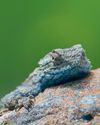
Living forwards
How photographing birds helps me face adversity
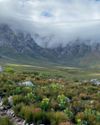
CAPE crusade
The Cape Bird Club/City of Cape Town Birding Big Year Challenge
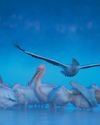
water & WINGS
WATER IS LIFE. As wildlife photographer Greg du Toit knows better than most.
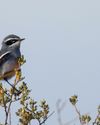
winter wanderer
as summer becomes a memory in the south, the skies are a little quieter as the migrants have returned to the warming north. But one bird endemic to the southern African region takes its own little winter journey.
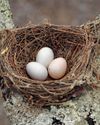
when perfect isn't enough
Egg signatures and forgeries in the cuckoo-drongo arms race
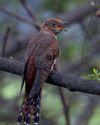
Southern SIGHTINGS
The late summer period naturally started quietening down after the midsummer excitement, but there were still some classy rarities on offer for birders all over the subregion. As always, none of the records included here have been adjudicated by any of the subregion's Rarities Committees.
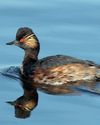
flood impact on wetland birds
One of the features of a warming planet is increasingly erratic rainfall; years of drought followed by devastating floods. Fortunately, many waterbirds are pre-adapted to cope with such extremes, especially in southern Africa where they have evolved to exploit episodic rainfall events in semi-arid and arid regions. But how do waterbirds respond to floods in areas where rainfall - and access to water - is more predictable? Peter Ryan explores the consequences of recent floods on the birds of the Western Cape's Olifants River valley.
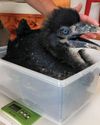
a star is born
It’s every producer’s dream to plan a wildlife television series and pick the right characters before filming.